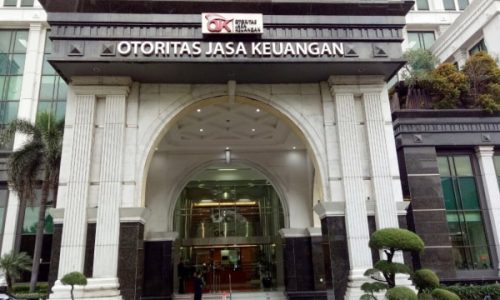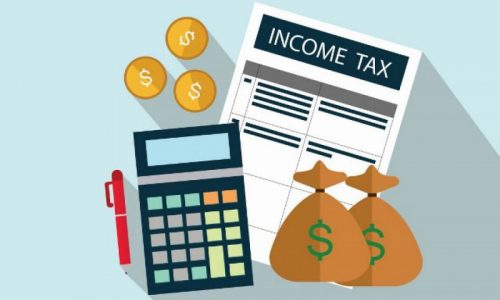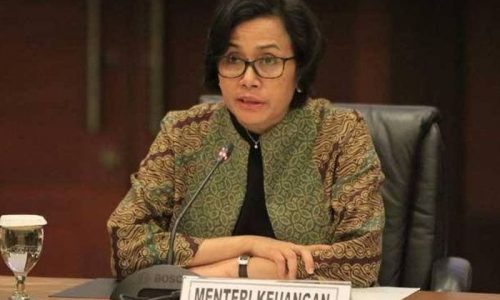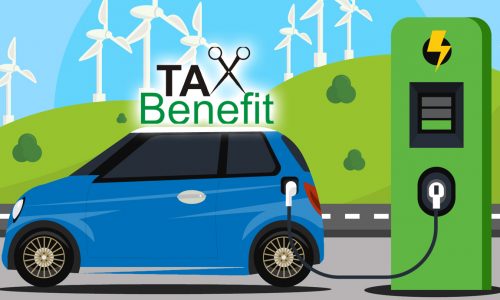The more rapid the development of the economy and trade, the more debt problems arise in the community. For most companies, the postponement of Debt Payment Obligations (PKPU) and bankruptcy are two things that become a solution when a business is entangled in financial problems or debts. The purpose of PKPU itself is to be able to achieve peace between debtors and all creditors.
Governing law and regulation
- Law No. 37/2004 concerning Bankruptcy and Suspension of Debt Payment Obligations
- Law No. 21/2011 on Financial Services Authority
The difference between postponement of Debt Payment Obligations (PKPU) and bankruptcy
Suspension of the PKPU means giving time for debtors not to make payments to creditors with the aim of being able to prepare composition proposals for debt restructuring to creditors. The PKPU can be likened to debt restructuring. So, the court declared the debtor in a state of PKPU in the hope that the debtor could restructure the debt. The debtor is given time to submit or prepare a residence proposal. The PKPU occurs because a corporation experiences liquidity or cash flow problems. Actually, corporations have a lot of assets, but they don’t have money or their cash flow is disrupted or they don’t have liquid funds. That’s why people use this route. Basically he can still pay, but he has difficulty in cash flow or there is no liquid money to pay. So the company asks for the PKPU which can be requested by debtors or creditors.
Meanwhile, bankruptcy is the general confiscation of all assets of the bankrupt debtor whose management and settlement is carried out by the curator under the supervision of the Supervisory Judge as regulated in the Bankruptcy Law and the PKPU. Bankruptcy is a general confiscation of the debtor’s assets. The proceeds from the liquidation of the assets are divided among the creditors.
So, it can be concluded that the PKPU is the legal mechanism used if the debtor has liquidity problems and bankruptcy is the legal mechanism used if the debtor experiences financial problems. The PKPU application can be submitted before or after the bankruptcy application. However, the application for the PKPU shall be submitted no later than during the first hearing of the examination of the petition for a declaration of bankruptcy. If the bankruptcy petition and the PKPU are filed at the same time, then the PKPU petition will be examined first. The purpose of the PKPU itself is to be able to achieve peace between debtors and all creditors. However, if the reconciliation plan is not reached or the court rejects the reconciliation plan, then the court is obliged to declare the debtor in bankruptcy. Meanwhile, in submitting an application for a declaration of bankruptcy, several conditions must be met.
Parties who can file applications for PKPU and applications for declaration of bankruptcy
- Debtor. Based on Article 222 paragraph (1) and paragraph (2) jo. Article 8 paragraph (4) Law No. 37/2004, the requirements for submitting a PKPU application by a debtor are as follows:
- Debtor has more than 1 (one) Creditor
- The debtor has at least 1 (one) unpaid debt that has matured and is collectible
- Debtors can expect to be unable to pay their debts to Creditors
- The debtor’s debt can be proven simply
Meanwhile, Based on Article 2 paragraph (1) jo. Article 8 paragraph (4) Law No. 37/2004 the requirements for submitting a Bankruptcy application by a debtor are as follows:
- Debtor has more than 1 (one) Creditor
- The debtor has at least 1 (one) unpaid debt which has matured and is collectible. The debtor’s debt can be proven simply
- Creditor. Based on Article 222 paragraph (1) jo. Article 222 paragraph (3) of Law No. 37/2004 and Article 2 paragraph (1) of Law No. 37/2004, the creditor is at least there must be 2 creditors or there are 2 debts and one of the debts is due and can be collected.
- Public Prosecutor’s Office Article 2 paragraph (2) of Law No. 37/2004
- Bank Indonesia against Bank Debtors Article 2 paragraph (3) of Law No. 37/2004
- Minister of Finance against BUMN (State-Owned Enterprises) Debtors Article 2 paragraph (5) of Law No. 37/2004
- Financial Services Authority (OJK) to Debtors of Securities Companies, Stock Exchanges, Clearing Guarantee Institutions, and Depository and Settlement Institutions Article 2 paragraph (4) of Law No. 37/2004 jo. Article 55 paragraph (1) of Law No. 21/2011
- Financial Services Authority (OJK) against Pension Fund Debtors Article 2 paragraph (5) of Law No. 37/2004 jo. Article 55 paragraph (1) of Law No. 21/2011
PKPU process
The trial process for the PKPU cases consists of registration of PKPU applications, legality examination session, submission of answers by the PKPU respondents, submission of evidence from the PKPU respondents, submission of evidence from the PKPU applicants, submission of conclusions by the parties, and reading of decisions by the Panel of Judges. In practice, there is no answer process. So after the legality check and the reading of the application which is usually considered read out. Then proceed with the submission of answers from the respondent. After that, the evidence and evidence are submitted. Then the reading of the conclusions and finally the reading of the verdict. If the applicant is a creditor, the case must be decided 20 days after the application is registered. If the applicant is a debtor, then the lawsuit must be decided 3 days after the application is registered.
Bankruptcy process
The trial process for the PKPU case consists of the registration of the application for a statement of bankruptcy, the legality examination session, submission of answers by the bankrupt respondent, submission of evidence from the bankrupt respondent, submission of evidence from the bankrupt applicant, submission of conclusions by the parties, and reading of decisions by the Panel of Judges. The term is 60 days. It can be seen that the bankruptcy process takes longer than the PKPU because bankruptcy usually carries a greater risk. In the PKPU, the negotiation space is actually wide because after the decision is made, he still has a maximum of 270 days in the PKPU.
Legal consequences
Based on Article 239 paragraph (1) of Law No. 37/2004 during the suspension of the PKPU, the debtor without the approval of the management cannot take management actions or take ownership of all or part of his assets. When the debtor is in a PKPU state, the debtor can actually still carry out the management but with the approval of the management. The debtor director can still make operational payments and so on for operational or production purposes so that his duties are not immediately lost. Meanwhile, in a state of bankruptcy, pursuant to Article 24 paragraph (1) of Law No. 37/2004, the debtor by law loses his right to control and manage his assets which are included in the bankruptcy estate, as of the date the bankruptcy declaration decision is pronounced.








